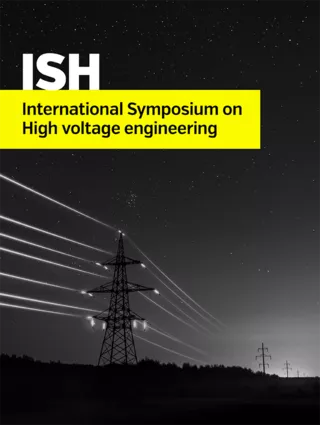Summary
The most severe contamination will normally occur after typhoon with strong sea wind in Japan. The characteristics of contamination under strong sea wind are necessary to be understood not only for porcelain insulators but also for polymeric insula¬tors that have different shapes and diameters. In this paper, the outline of the equipment for the contamination using the wind blow method is shown, and the validity of the equip¬ment is demonstrated through the study on the diameter dependence of contamination. The proposed wind blow method enables to prepare artificially contaminated polymeric insulators without removing the hydrophobicity of the surface. Three wind blowers and two-fluid microparticulation nozzles were installed in the wind tunnel. The wind speed at the insulator was up to 14 m/s, and the fine mist of contaminants having 15 to 30 ?m diameter can be applied in the contamination process. Plastic tubes with the flat SiR test pieces attached around were used as the cylindrical model insulators in the study of diameter dependence of contamination. The diameters of the model insulators were 42, 64, 93, and 118 mm respectively. The attachment of the contaminants on the insulator surface depends on the diameter of the insulator as well as the particle size of the contaminant, and the wind speed. Under the tested conditions, SDD on the smallest diameter insulator was around two times larger than that of the largest diameter insulator. It is demonstrated that the contamination after typhoon becomes severer for the thin polymeric line-insulators than that of the porcelain rod insulators.
Additional informations
| Publication type | ISH Collection |
|---|---|
| Reference | ISH2015_560 |
| Publication year | |
| Publisher | ISH |
| File size | 520 KB |
| Price for non member | Free |
| Price for member | Free |
Authors
Matsumoto Takaie, Kawakami Toru, Kurokawa Masaaki



